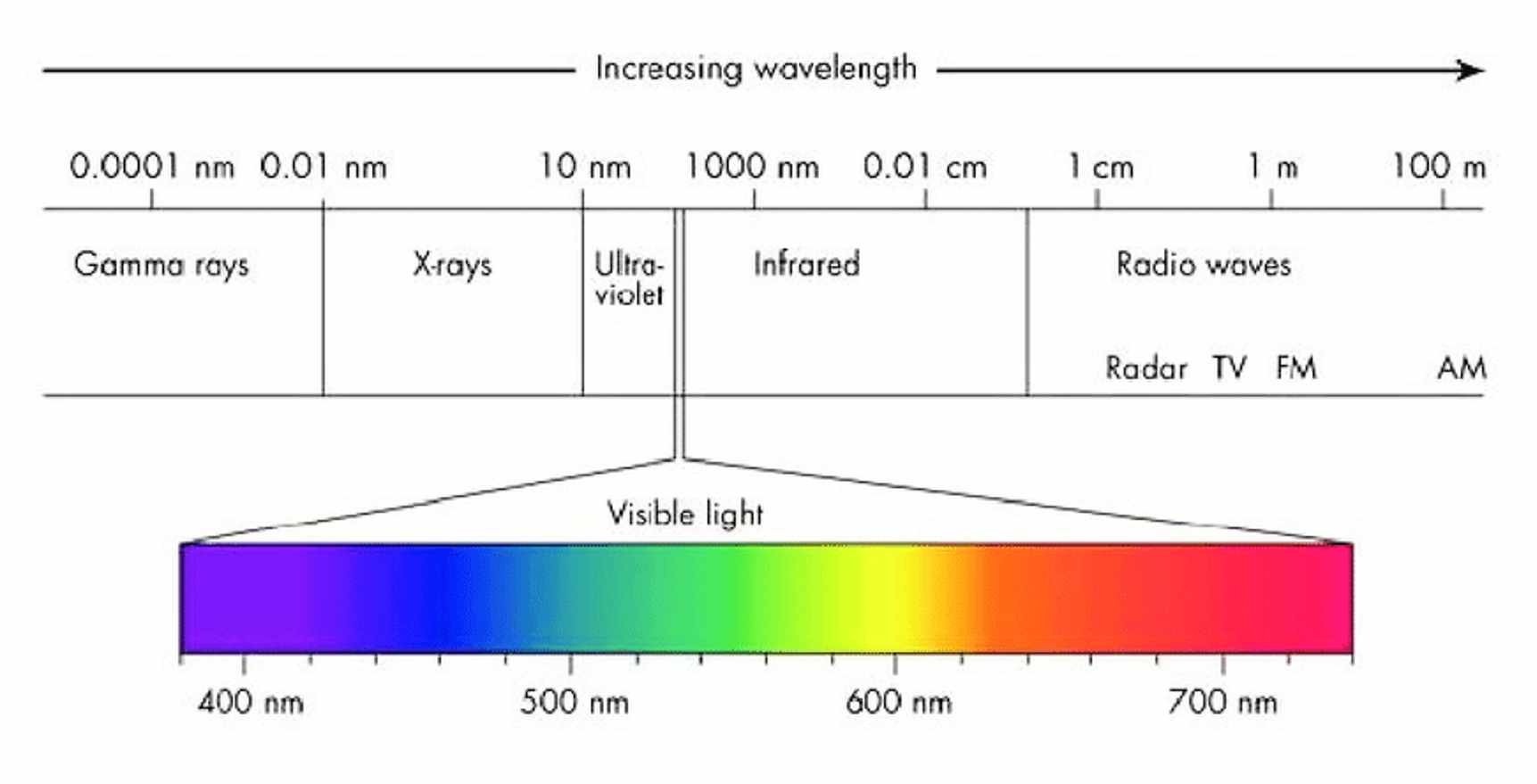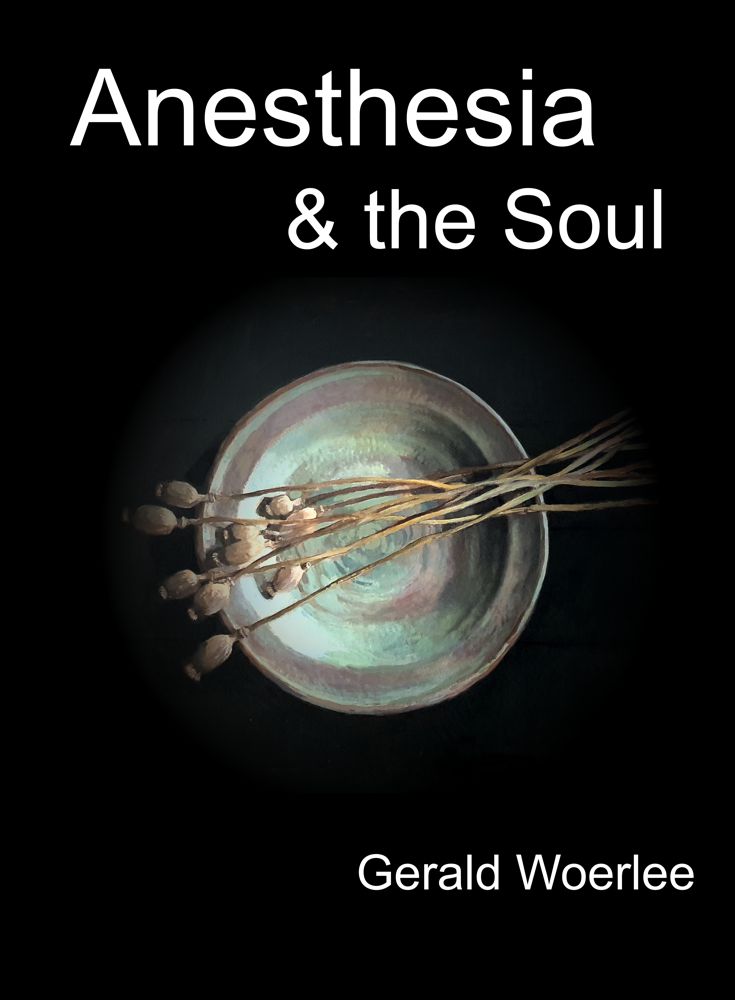Cannot See Light during NDE-OBE
©G.M. Woerlee, 2005–2025
The ostensibly disembodied soul, or disembodied separable immaterial consciousness is able to “see” everything in its surroundings and in the same colors as physically conscious persons, albeit from a different viewpoint. An example of such “sight” was reported in a book written by Michael Sabom entitled “Light & Death”, in which a man called “Darrell” reported veridical visual observations made during an out-of-body experience undergone while undergoing a near death experience induced by a period of severe failure of heart function.
Suddenly Darrell woke up in his body. “I looked straight up and saw Sandy there.” She was dressed in pink. He scanned the room and saw the others, confirming for himself what he had seen from outside of his body. (page 22 in Sabom 1998)
He reported “seeing” the actual pink color of the uniform of a nurse called “Sandy”, as well as the colors of the clothing of others near his bed during a period of disembodiment. Subsequently he verified these observations after “returning” to his body. In addition he recognized at least one of the persons, a nurse called “Sandy”. These are clear veridical visual observations made during an out-of-body experience. But how it is possible for the disembodied soul, or a separable consciousness to perceive visible light? This is answered by examining how visible light interacts with the eyes or cameras to sense visible light.
Seeing with visible light
Visible light is electromagnetic radiation in the wavelength range of 380 to 740 nanometers. So if the disembodied soul of a person undergoing an out-of-body experience perceives the surroundings in the same colors as physically conscious bystanders, this means that the disembodied soul only interacts with, and perceives light in the wavelength range of 380 to 740 nanometers. This is a physical fact of the electromagnetic spectrum. We know that people reporting the colors seen on people, and their surroundings during out-of-body experiences and near death experiences see with the same visual spectrum as physically conscious persons, because addition or subtraction of other wavelengths of light changes the colors perceived. For example, everyone knows from practical experience how colored filters and different colored light changes the colors perceived.

The electromagnetic spectrum
INTERACTION with visible light NECESSARY!
If the soul can see colors and objects with visible light, then some interaction with visible light on this physical world is necessary. Such an interaction means that visual observations, video, film, and photographic recordings would confirm the reality of the soul. But no such evidence is available. The results of millennia of visual observation and modern studies are unequivocal—the disembodied soul is invisible. And invisibility has very clear consequences for the ability of a soul to perceive light perceptible to physically conscious humans. A letter by Ed Wysocki on page 62 in the July/August 2013 edition of the Skeptical Inquirer makes this fact even more abundantly clear for the situation of totally invisible humans, ghosts, or souls.
The necessity for physical light to interact with physical light receptors determines the possible properties of the “light sensitive aspect” of the apparently disembodied soul, as well as limiting the possible forms of interaction with light. So what are the ways the soul can interact with physical light so that it could “see” with physical light (see pages 120-123 in Woerlee 2008)?
- Totally or partially blocking light passing through the whole or part of the disembodied soul. This would mean that the disembodied soul would be perceived as a distinct form, a shadow, or partially transparent something. Regardless of which of these things is the reality, all people would be able to see the disembodied soul, and it would be able to be photographed and filmed.
- Refracting or reflecting light in the vicinity of the disembodied soul. The disembodied soul might interact with light by refracting or reflecting visible light in its vicinity, and so be seen as disturbances of light. This is also something readily seen by all people, as well as being able to be photographed and filmed, but such phenomenae are never reported.
- Changing the color of light passing through, or around the disembodied soul. The disembodied soul might interact with light by altering the colors of light passing through it, or in its vicinity. Likewise, this too is something readily seen by all people, as well as being able to be photographed and filmed, and once again, never reported.
- Emission of light from the disembodied soul. If the sense organs of the soul emitted light in response to ambient light impinging upon them, then the sense organs of the soul would appear as something emitting light, or as a vague glow. Again, such phenomenae have never been reported.
No visual or photographic evidence
However, some believers in dualism might say that people near persons undergoing near-death experiences or out-of-body experiences were not specifically looking for the disembodied soul at the time, because their attention was diverted or directed at other things, and this is why they did not see the souls of these people separating from their bodies. This is a tendentious argument. The soul supposedly separates from the human body upon the death of the body, and people have carefully observed the dying for countless millennia. Throughout all known ages of humankind, spectators of public executions have keenly observed the death throes of individuals put to death by strangulation, crucifixion, hanging, impalement, beheading, shooting, etc. Executioners, murderers, and soldiers often observe the dying moments of those they kill. For countless thousands of years, people have attended dying family members at their deathbeds. Yet throughout all these millennia, none of the countless millions who have attentively observed the death throes of the dying, has ever told of seeing the souls of these persons, or “something” departing from their bodies at the moment of death. This is the result of ages of careful observation. Millennia of such human observation of the dying reveals the soul, or some separable consciousness, has no interaction with visible light.
More recently, photographic, film and video recordings of people undergoing death by murder, or during wars and executions, also reveal no souls, or separable immaterial consciousness departing the bodies of the dying. As if this were not enough proof, there is also specific observation. For example, during 1994, Thomas Lempert published a careful videometric study of the convulsive movements of persons with self-induced sudden cerebral hypoxia (Lempert 1994a), during which seven (16%) of 42 experimental subjects reported undergoing an out-of-body experience during the ensuing period of loss of consciousness (Lempert 1994). All persons taking part in this study were continually observed by the neurologists performing the study, as well as having continual video recordings being made of their bodies by two high speed cameras, from the period before loss of consciousness until after regaining physical consciousness (see “subjects and methods” in Lempert 1994). These researchers observed these people continually, as well as making video recordings of their bodies before, during, and after their out-of-body experiences. Yet they did not report seeing, or making video recordings of anything departing from, or returning to the bodies of those persons subsequently reporting undergoing an out-of-body experience (Lempert 1994, Lempert 1994a), a finding confirming an earlier study reported by the parapsychologist Charles Tart (Tart 1969, fifth study in Tart 1998).
Therefore, an invisible disembodied soul, or separable consciousness undergoing an out-of-body experience cannot perceive light as perceived by physically conscious humans. A disembodied soul is effectively blind to visible light waves. This means that reported visual veridical observations were somehow made with the physical eyes of the persons reporting such observations — no other explanation is possible for the ability of an ostensibly disembodied consciousness, or soul, to report the correct colors and other visual aspects.
Conclusion
Physical laws are adamant, unchanging, and provable. These same physical laws mean it is impossible for an invisible, disembodied immaterial separable consciousness to see light and the same colors as conscious persons. So if there is a soul, or separable immaterial consciousness, then it can only perceive light and sounds perceptible to other physically conscious humans through the senses of the body. This is a logical conclusion derived from known physical laws and millennia of careful observation of the dying.
These topics and more are extensively discussed in the ebooks “Anesthesia & the Soul” and “The Unholy Legacy of Abraham”. Readers can download these ebooks for free by clicking the relevant button.
References.
- Lempert T, et al, (1994), Syncope and near-death experience. Lancet, 344: 829-830.
- Lempert T, et al, (1994a), Syncope: A videometric analysis of 56 episodes of transient cerebral hypoxia. Annals of Neurology, 36 : 233-237.
- Sabom M, (1998), Light & Death. published by Zondervan Publishing House, USA, 1998, ISBN 0310219922.
- Tart CT, (1969), A further psychophysiological study of out-of-the-body experiences in a gifted subject. Proceedings of the Parapsychological Association, 6: 43-44.
- Tart CT, (1998), Six studies of out-of-body experiences. Journal of Near-Death Studies, 17: 73-99.
- Woerlee GM, (2008), The Unholy Legacy of Abraham. Published Booklocker, USA, ISBN: 978-1-60145-621-2

